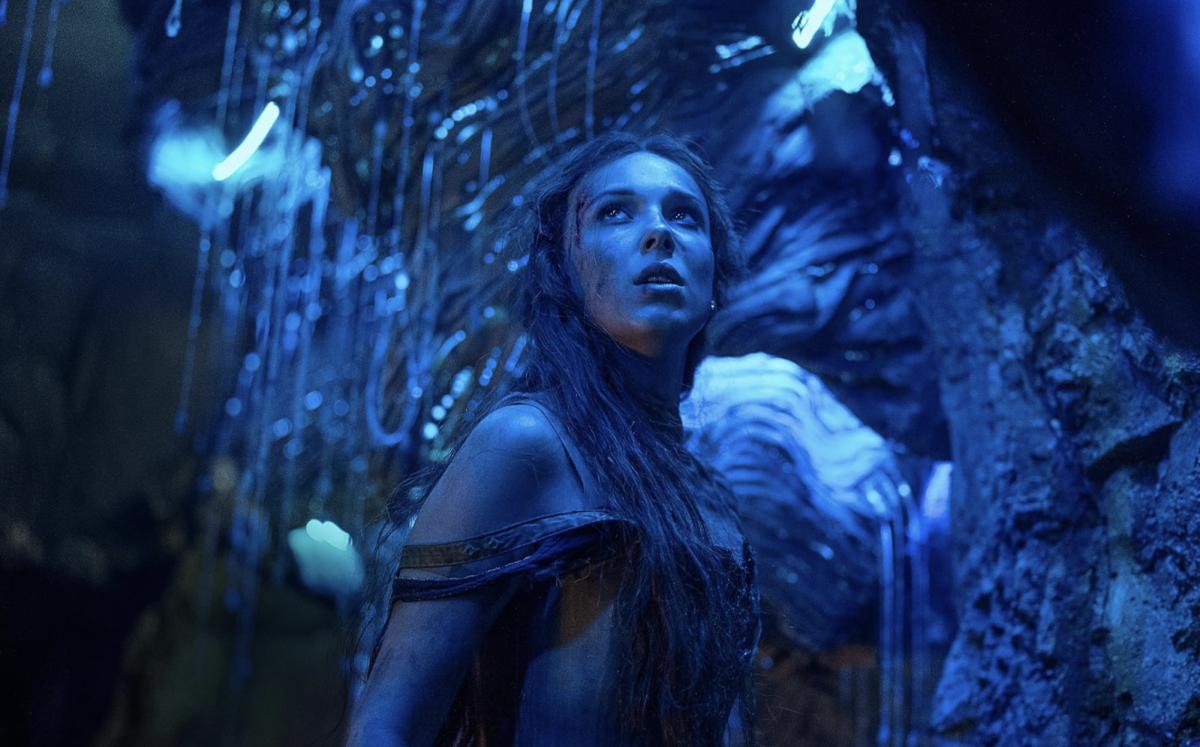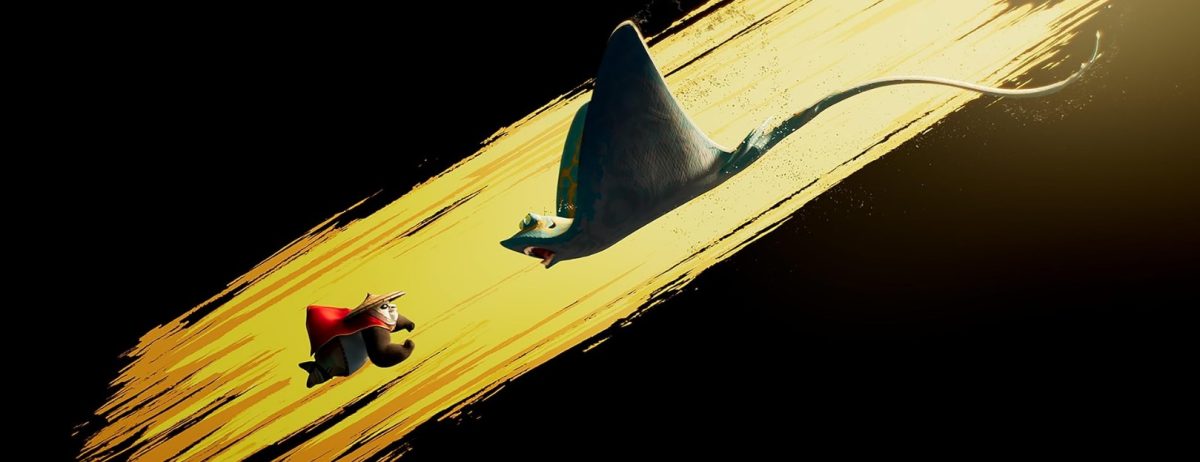
BLENDING ART AND SCIENCE | Artist Rebecca Kamen appeals to both rationality and emotion in her thought-provoking, avant-garde sculpture.
I can’t decide if the creation before me reminds me more of an autumn leaf or a fire. It’s three-dimensional, with wispy, irregular paper formations that jump off the surface in a way that reminds me of fall. Perhaps this is because the season is fast approaching, but given that eyesight and intuition are my only critiquing tools, I wouldn’t disregard that initial impulse. The composition’s colors, however, are various burnt shades of red, orange and brown, stirring up fanciful ideas of dragons. I look at the title of the piece — “Flare” — but this new information fails to end my uncertainty.
This work of art that has captured my attention is a creation of Rebecca Kamen. The Spagnuolo Gallery in Walsh will feature her colorful work every Wednesday through Sunday until Oct. 14. A couple of the pieces are replications of Angelo Secchi’s art, but most sculptures are Kamen’s own work.
These sculptures have a science-fiction-like feel to them. One of the pieces, “Fluid #4,” is colored blue and orange and made of acrylic on Mylar, with fiberglass rods holding it together. To me, it has the eerie appearance of a globe’s destruction. Another pink and purple sculpture looks like a graphic designer’s take on DNA or on a strain of bacteria.
The materials of the sculptures (mostly acrylic, Mylar and graphite) also allow them to move slightly in the breeze. This has two effects: It makes the pieces look more realistic, but it also makes it more difficult for me to obey the “please do not touch” signs posted around the room.
Already noticing the scientific features of Kamen’s artwork, I am unsurprised to read in her biography posted by the door that “[her] work explores the intersections of art and science, informed by wide-ranging research into cosmology, spirituality, philosophy and various fields of science.”
Knowing the multitude of scientific intersections with the sculptures makes them seem both modern and complex. The pieces are layered in a way that makes the colors look more vibrant. Each layer seems to represent one of the fields that Kamen explores in her work. With this new information, the globe’s destruction of “Fluid #4” seems to carry an implicit connection to space and our world’s place in it.
Some pieces are more compact, distinct and monochromatic, so they didn’t catch my eye in my first walk around the exhibit. On second glance, they resemble religious or astrological symbols and seem complex in a way distinct from the “Fluid” and “Flare” pieces. The sunlight that streams through the windows of the exhibit adds another level of richness and detail to the pieces, making them more beautiful.
At the end of my visit, I look back at “Flare.” While it still could be an autumn leaf on fire, the dozens of color variations in it now look like a chemical reaction that spreads its way across the piece, changing its composition as it goes. I still have only my perceptions to help me find meaning in the pieces, but they are enough to make them irresistible to look at again. The world always looks more beautiful after leaving class, anyway.














